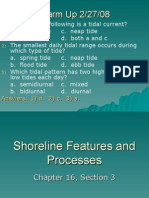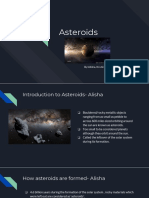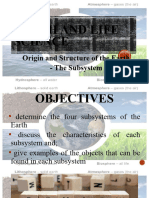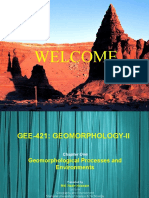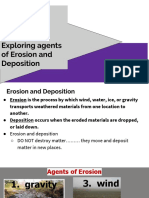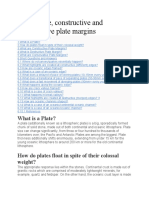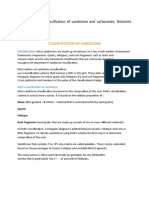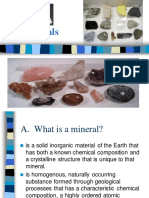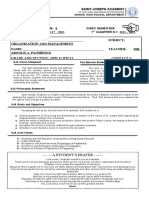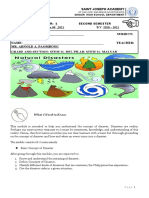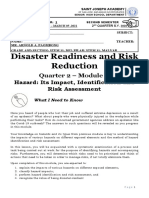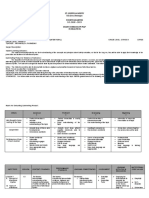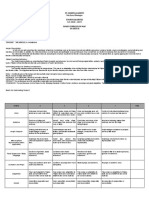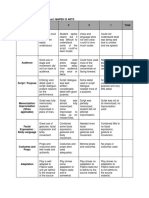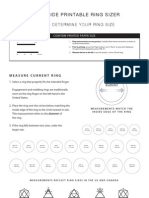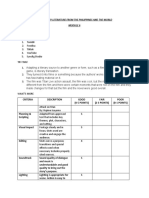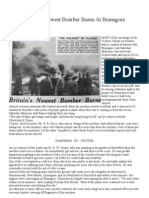0% found this document useful (0 votes)
176 views20 pagesRock Cycle and Types Explained
Rocks tell a story through the continuous rock cycle of formation, weathering, and transformation. Igneous rocks form from the cooling of magma or lava. Sedimentary rocks form through the compaction and cementation of sediments. Metamorphic rocks form from existing rocks undergoing heat and pressure changes. The rock cycle involves the interconversion of these three rock types over geological timescales.
Uploaded by
Arnold Arada PaombongCopyright
© © All Rights Reserved
We take content rights seriously. If you suspect this is your content, claim it here.
Available Formats
Download as PDF, TXT or read online on Scribd
0% found this document useful (0 votes)
176 views20 pagesRock Cycle and Types Explained
Rocks tell a story through the continuous rock cycle of formation, weathering, and transformation. Igneous rocks form from the cooling of magma or lava. Sedimentary rocks form through the compaction and cementation of sediments. Metamorphic rocks form from existing rocks undergoing heat and pressure changes. The rock cycle involves the interconversion of these three rock types over geological timescales.
Uploaded by
Arnold Arada PaombongCopyright
© © All Rights Reserved
We take content rights seriously. If you suspect this is your content, claim it here.
Available Formats
Download as PDF, TXT or read online on Scribd
/ 20





